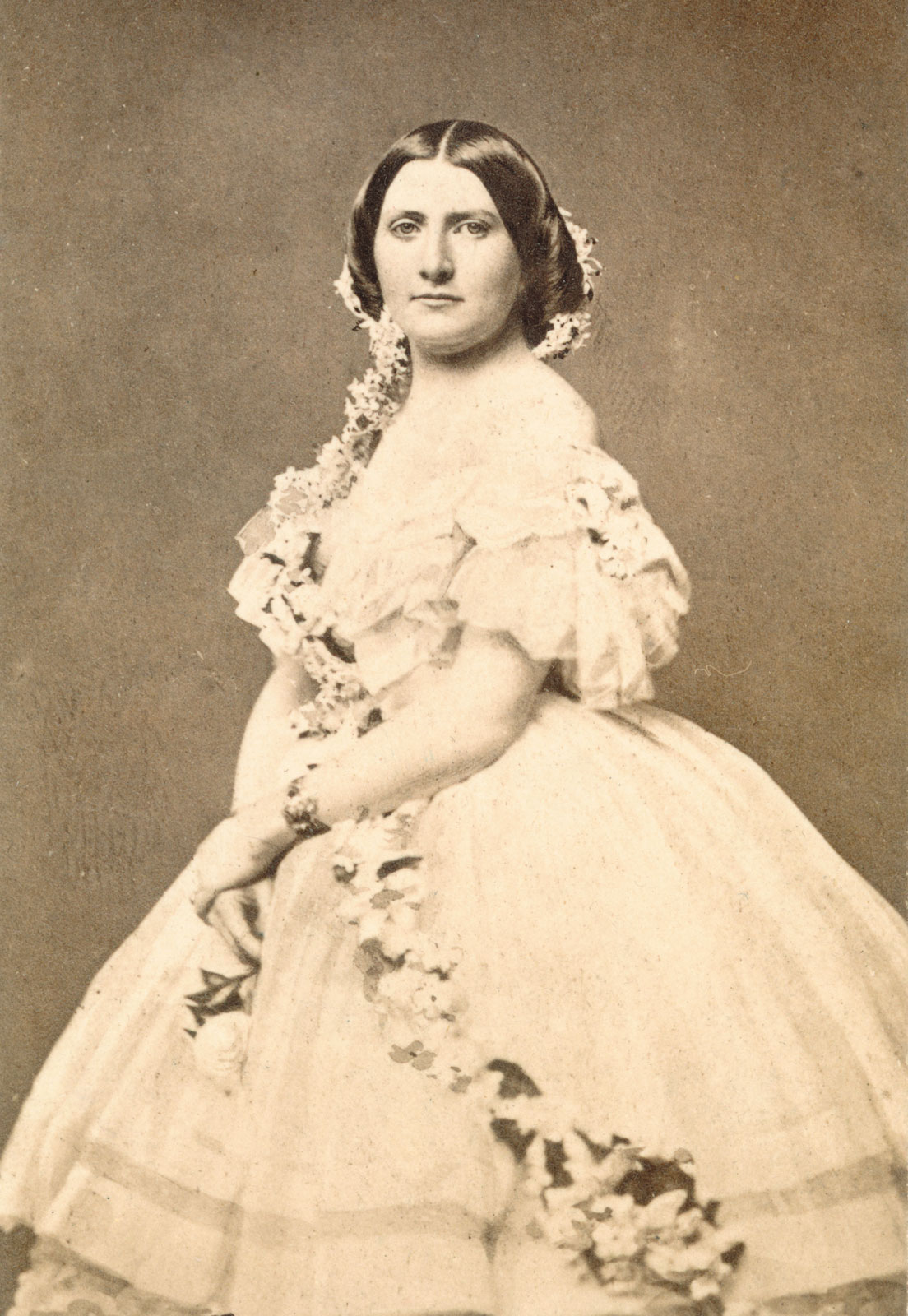 The United States Coast Guard has been blessed by the participation of many determined, skilled, and courageous women. One such person was Harriet Rebecca Lane. Just over 160 years ago, at a time when women remained relatively invisible in public life, Lane was the nation’s most politically powerful and celebrated woman. She was the first woman to receive the title of “First Lady” during her time in the White House and she was the first female namesake of a cutter.
The United States Coast Guard has been blessed by the participation of many determined, skilled, and courageous women. One such person was Harriet Rebecca Lane. Just over 160 years ago, at a time when women remained relatively invisible in public life, Lane was the nation’s most politically powerful and celebrated woman. She was the first woman to receive the title of “First Lady” during her time in the White House and she was the first female namesake of a cutter.
Born in 1830, Harriet Lane was the sixth of seven siblings. Throughout her life, she would suffer the loss of loved ones. Several members of her immediate family died while she was a small child, including four of her six siblings by the time she was five years old. The other two would pass away when she was still a young woman. In 1839, her mother passed away when Lane was nine years old and her father died two years later.
Lane’s maternal uncle, Pennsylvania Senator James Buchanan, adopted her after her father’s death. Nicknamed “Nunc” by his niece, Buchanan found himself the guardian of a lively 11-year-old girl he nicknamed “Hal.” In 1854, after living with her uncle in Washington, D.C., Lane traveled to London where Buchanan became Ambassador to the Court of St. James. While there, she dined with Queen Victoria, danced with Prince Albert and received the title of “Ambassador’s Wife” from the Queen. In less than two years in London, Lane won over the hearts of the English, including a number of unsuccessful British suitors.
Two years later, Buchanan was elected President of the United States and Lane became hostess at the White House. After he assumed office, Buchanan charged Lane with responsibility for redecorating the White House staterooms and arranging the social events on his calendar. As the nation’s first “First Lady,” she hosted White House dinner parties every week that included leaders from the North and South at a time of deep political divisions. Lane possessed a combination of tact, poise, discretion and political instinct that won her national popularity and the moniker the “Democratic Queen.” In 1857, Lane was honored as the namesake of a new steam-powered revenue cutter. It was the first revenue cutter named for a woman. Revenue Cutter Harriet Lane later earned a place in service history by firing the first naval shot of the American Civil War at Charleston, South Carolina.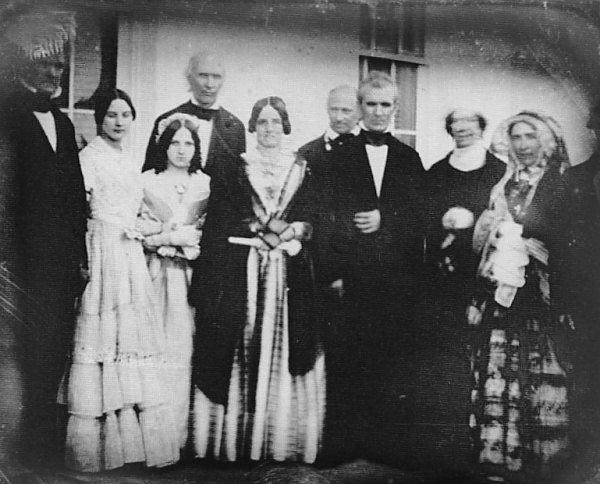
In 1860, on the eve of the Civil War, President Buchanan declined to run for a second term. Buchanan and Lane moved to Wheatland, Penn., Buchanan’s country estate near Lancaster, Penn. There, Lane began a long-term relationship with a wealthy banker whom she married in 1865 and the couple had two boys. However, tragedy continued to follow Lane. In 1868, her beloved uncle Nunc passed away at the age of 77. Within a few years, misfortune struck again with the l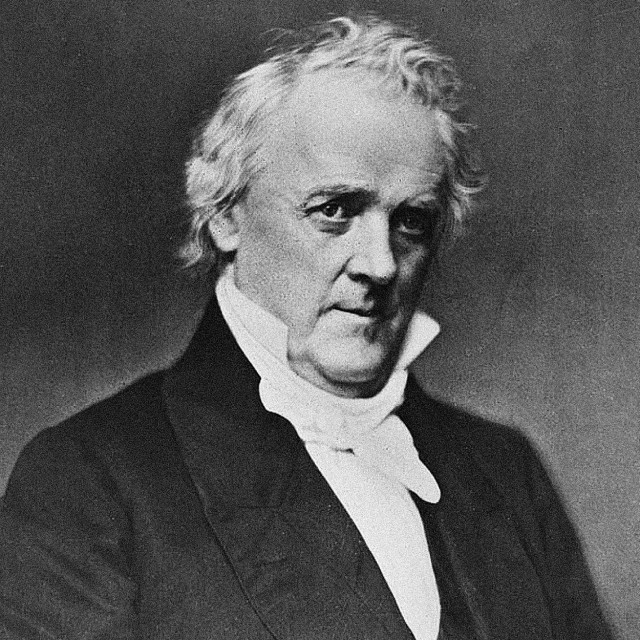 oss of her children to rheumatic fever. Not long after her boys died, her husband passed away as well. She never remarried.
oss of her children to rheumatic fever. Not long after her boys died, her husband passed away as well. She never remarried.
After these personal blows, Lane returned to Washington, D.C., and transformed her adversity into a life of service and philanthropy. In memory of her boys, she endowed a home for invalid children at Johns Hopkins School of Medicine with the stipulation that the facility treat patients of all races, creeds and nationalities. The facility evolved into a pediatric facility with a national reputation and the Harriet Lane Clinic now serves countless children. She also left a bequest for the establishment of St. Albans School, which was founded in Washington, D.C., and will soon celebrate its 110th anniversary. In addition, her interest in art resulted in an endowment to the Smithsonian Institution with donation of her personal art collection forming some of the original artwork held by the National Art Gallery. In 1903, she died of cancer in Rhode 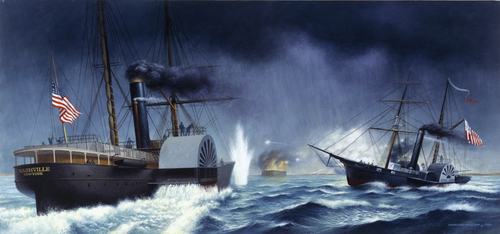 Island at the age of 73. Several years after her death, a second cutter bore the name “Harriet Lane.”
Island at the age of 73. Several years after her death, a second cutter bore the name “Harriet Lane.”
In 1984, the service commissioned the third cutter named for Harriet Lane, Medium-Endurance Cutter Harriet Lane. The cutter has served a multi-mission role of search and rescue, maritime safety and security, counter-drug and migrant operations, regulating living marine resources, and national defense missions. In 1994, as the on-scene commander for Operation Able Manner, Harriet Lane III directed the rescue of thousands of Haitian and Cuban migrants flowing across the Windward Pass and Florida Straits toward the U.S. During this mass migration, the cutter’s crew saved over 2,400 migrants, with operational oversight of 15 cutters and numerous aircraft. In 1996, the Harriet Lane served as on-scene commander for the initial search and recovery of TWA Flight 800 off Long Island.
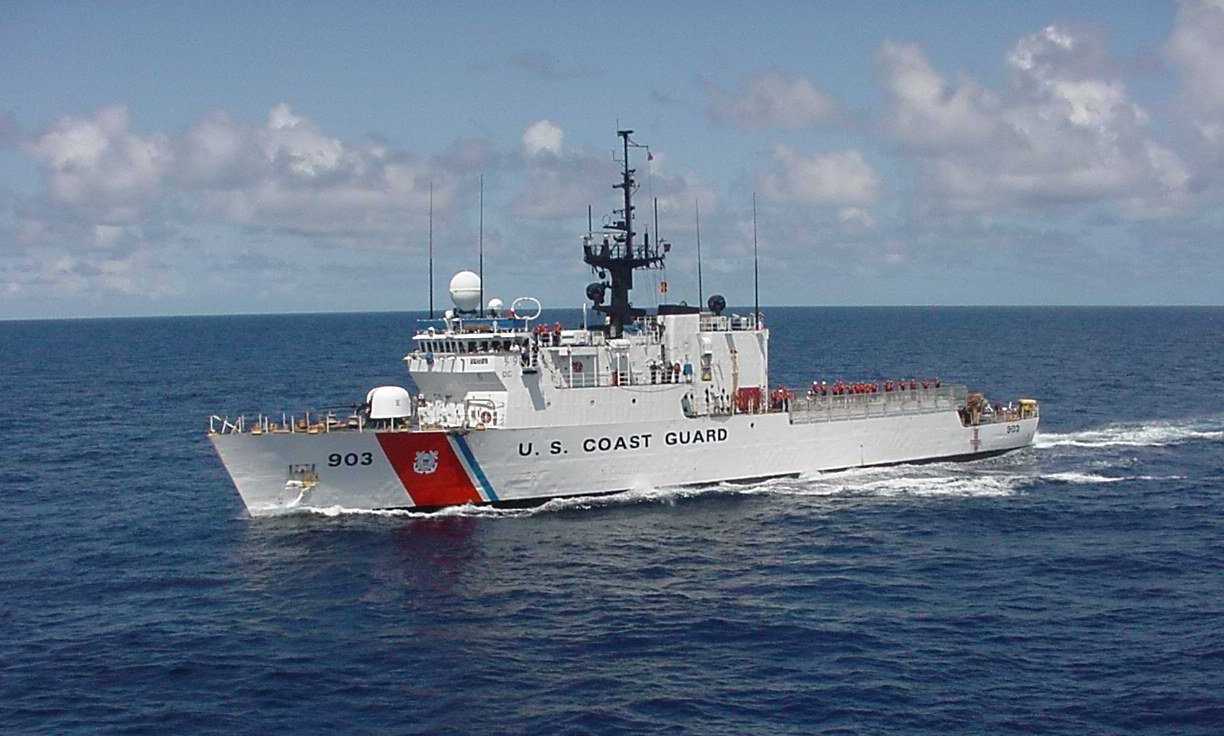 In the 21st century,
In the 21st century,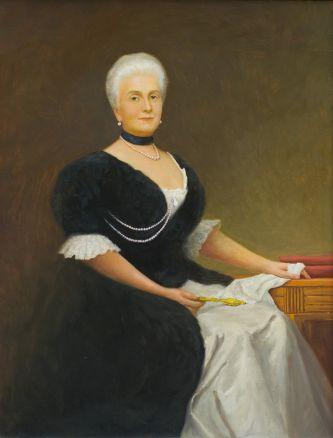 the Harriet Lane continues to perform its multi-mission role. In 2003 Harriet Lane served as maritime security sentry for Charleston Harbor during the Operation Iraqi Freedom load-out. During the same cruise, the cutter patrolled the Caribbean seizing two tons of cocaine headed for the United States, and then rescued scores of Cuban migrants attempting to reach the U.S. in unseaworthy boats. In 2005, Harriet Lane played a vital role in the Coast Guard response to Hurricane Katrina. In 2010, the cutter participated in the response to the Deepwater Horizon Oil Spill. In addition, the Harriet Lane helped seize a cocaine shipment with a street value of over $32 million. For a time, the cutter even steamed under the command of Paul Zukunft, future commandant of the Coast Guard.
the Harriet Lane continues to perform its multi-mission role. In 2003 Harriet Lane served as maritime security sentry for Charleston Harbor during the Operation Iraqi Freedom load-out. During the same cruise, the cutter patrolled the Caribbean seizing two tons of cocaine headed for the United States, and then rescued scores of Cuban migrants attempting to reach the U.S. in unseaworthy boats. In 2005, Harriet Lane played a vital role in the Coast Guard response to Hurricane Katrina. In 2010, the cutter participated in the response to the Deepwater Horizon Oil Spill. In addition, the Harriet Lane helped seize a cocaine shipment with a street value of over $32 million. For a time, the cutter even steamed under the command of Paul Zukunft, future commandant of the Coast Guard.
Today, the story of the woman and First Lady Harriet Lane is largely unknown to the American public. She was devoted to her nation, family, and her uncle, the president. Few First Ladies have achieved the political success in such troubled political times as Harriet Lane. The record of her life and legacy remain with us through the institutions she helped found and the distinguished Coast Guard cutters that have borne her name.